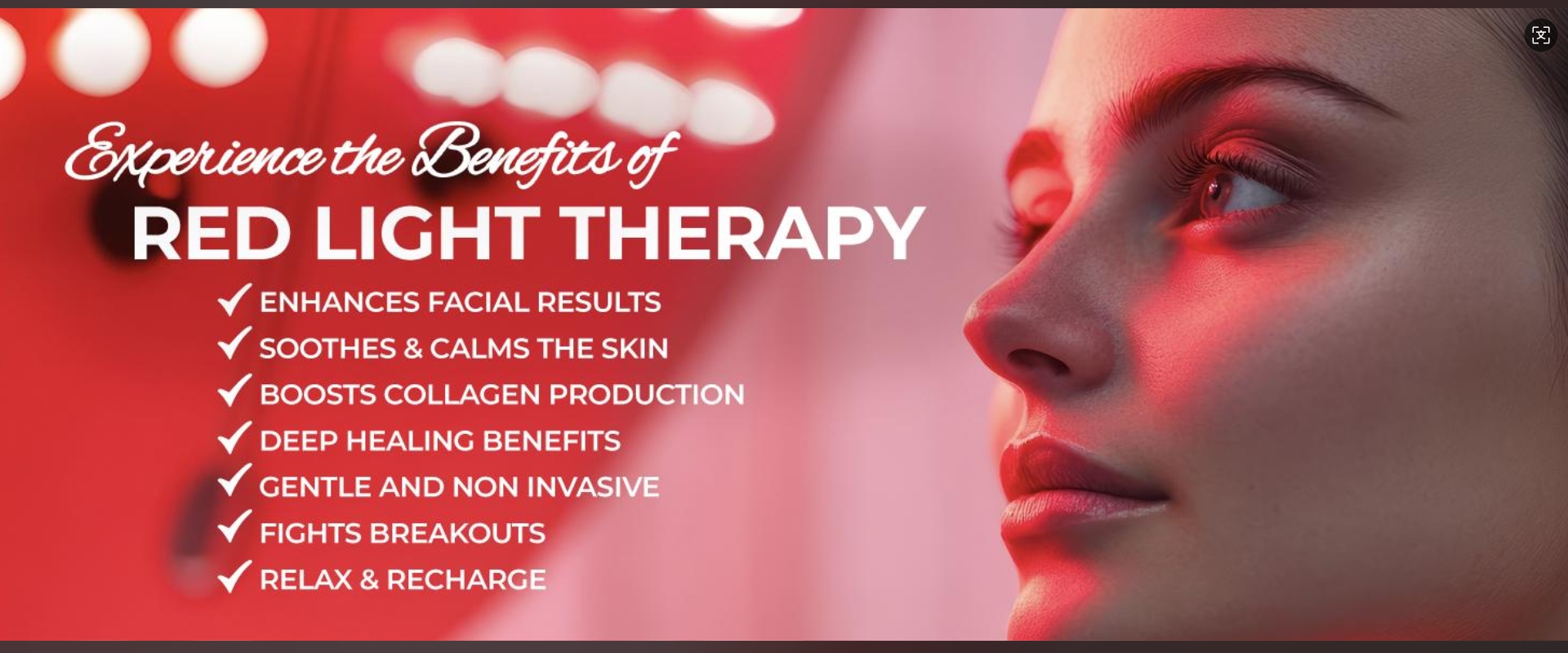Improving Skin Texture With Red Light Therapy
Addtime:2022-04-14 Click:249

1. Improving Skin Texture with Red Light Therapy
Skin texture plays a big role in how smooth and healthy your skin looks. Uneven texture, caused by things like acne scars, aging, or sun damage, can make your skin appear dull or rough. While skincare products can help, they often don’t target the deeper layers of the skin where the problem starts.
Red light therapy is a simple, non-invasive treatment that improves skin texture by promoting collagen production and enhancing cell renewal. It’s an effective solution for smoothing out rough patches, minimizing pores, and creating healthier, glowing skin.
In this blog, we’ll explore how red light therapy works, its benefits for skin texture, and how you can use it to achieve smoother skin. Let’s get started!
2. WHAT IS SKIN TEXTURE AND WHAT AFFECTS IT?
Skin texture refers to the surface quality of your skin—how smooth or rough it feels to the touch. Healthy skin has an even texture, reflecting light evenly and appearing radiant. Uneven skin texture, on the other hand, can feel rough and look dull due to irregularities like bumps, enlarged pores, or scars.
3. Common Causes of Uneven Skin Texture
- Aging and Collagen Loss: As we age, collagen production slows, leading to thinner, less elastic skin. This can cause wrinkles, fine lines, and uneven texture.
- Sun Damage: UV rays break down collagen and elastin, leaving skin rough and uneven.
- Acne and Scarring: Acne can leave behind scars and uneven patches, disrupting the smoothness of your skin.
- Environmental Factors: Pollution, dirt, and harsh weather can damage the skin’s surface over time.
- Poor Skincare Habits: Irregular cleansing, lack of exfoliation, or harsh products can contribute to clogged pores and rough skin.
4. WHAT IS RED LIGHT THERAPY?
Red light therapy is a non-invasive treatment that uses specific wavelengths of light to improve skin health. The red light penetrates the skin’s surface to stimulate cellular activity, promoting repair and renewal from within.
5. How It Works
Red light therapy works by boosting the production of adenosine triphosphate (ATP), the energy source for cells. This energy helps skin cells repair damage, produce collagen, and regenerate more efficiently. The result is smoother, healthier skin with improved texture and elasticity.
6. Why It’s Effective for Skin Texture
- Stimulates Collagen Production: Red light helps rebuild collagen, which smooths fine lines and uneven areas.
- Promotes Cell Turnover: Encourages new, healthy skin cells to replace damaged ones.
- Reduces Inflammation: Calms redness and irritation, improving overall skin tone and texture.
Red light therapy is a powerful tool for addressing the root causes of uneven skin texture, making it an effective addition to any skincare routine. Up next, we’ll explore how it directly impacts skin texture.
7. HOW RED LIGHT THERAPY IMPROVES SKIN TEXTURE
Red light therapy addresses the key factors behind uneven skin texture by promoting collagen production, enhancing skin regeneration, and reducing inflammation. With consistent use, it can make your skin smoother and more radiant.
8.Key Benefits for Skin Texture
- Smoothing Rough Patches: Red light therapy boosts cell renewal, replacing damaged skin cells with healthy ones for a smoother surface.
- Minimizing Pores: Improves skin elasticity and tightens pores, giving the skin a more even appearance.
- Fading Scars and Blemishes: Helps repair acne scars and other marks by encouraging collagen remodeling.
- Improving Skin Tone: Reduces redness and discoloration, evening out the overall complexion.
9. How Long to See Results
10.Factors Affecting Results
11.Tips for Monitoring Progress
- First Few Weeks: Skin may feel softer, and mild improvements in texture can be noticeable.
- 4–8 Weeks: More significant changes, such as smoother skin and reduced rough patches, begin to appear.
- 3+ Months: Deep improvements, like fading scars and minimizing pores, become evident with consistent use.
10.Factors Affecting Results
- Skin Type: Some skin types respond more quickly to treatment.
- Scar Age and Severity: Newer scars or mild texture issues may improve faster than older or deeper ones.
- Treatment Frequency: Regular use (3-5 times per week) ensures steady progress.
11.Tips for Monitoring Progress
- Take Photos: Document your skin before starting and at regular intervals to track changes.
- Be Patient: Results build over time, especially for deeper skin concerns.
- Stay Consistent: Irregular use can delay noticeable improvements.
